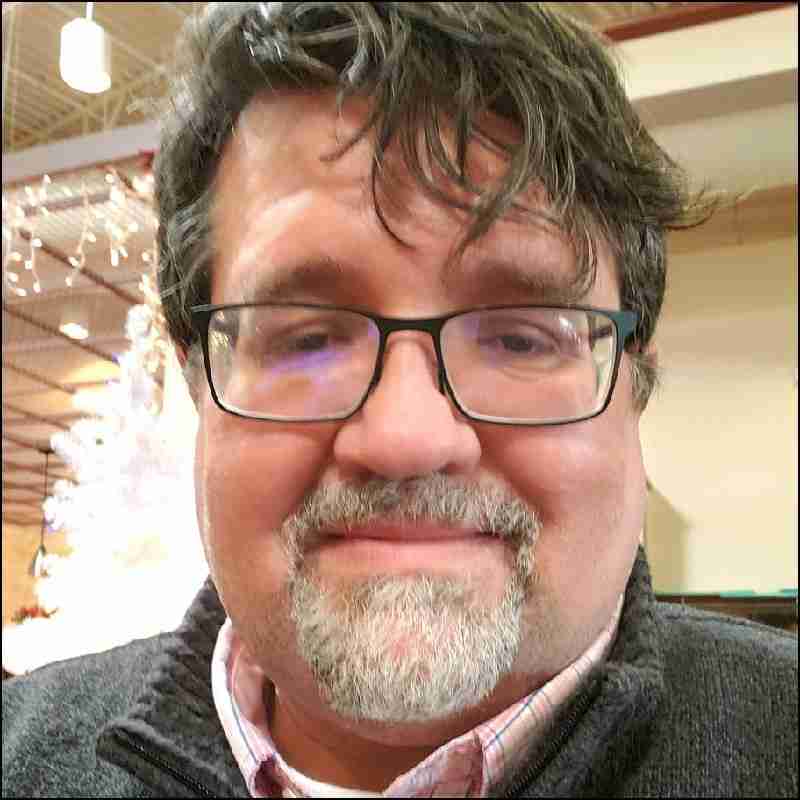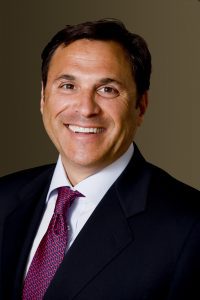
MaxCyte Cell-Engineering Platform Boosts Development Programs of 14 Different Companies
The next major wave of treatment options for multiple diseases is cell therapies, and Gaithersburg-based MaxCyte is one of the companies driving this revolution.
So far, nine different cell therapies have been approved by the U.S. Food and Drug Administration, with CAR-T therapies being among the first to receive the green light. More cell-based therapies are in various stages of preclinical and clinical development, with some using MaxCyte’s cell-engineering platform.
MaxCyte’s technologies are used to advance innovative cell-based research and next-generation cell therapies. Through 14 strategic platform licenses, MaxCyte’s technology can potentially be used in 75 different clinical programs. The most recent company to license the platform is Sana Biotechnology. Sana focuses on in vivo and ex vivo cell engineering platforms to develop therapies for cancer, diabetes, cardiovascular disease, CNS disorders, and genetic diseases.

With 14 separate cell therapy developers licensing MaxCyte’s Flow Electroporation technology and ExPERT platform, it may only be a matter of time before the company’s platform helps enable a drugmaker to achieve a regulatory win. And that first approval will result in an important milestone for the company, MaxCyte Chief Executive Officer Doug Doerfler said.
Doerfler touted the capabilities of his company’s technology platform, which he said could be used for preclinical development all the way through Phase III studies and commercialization. In an interview with BioBuzz, Doerfler noted that some of the companies that have licensed the technology are approaching the commercial launch of their drugs, which he said will be a key milestone for MaxCyte.
The Flow Electroporation technology and basis for the ExPERT platform were invented by MaxCyte 23 years ago. The ExPERT platform delivers high-end performance that is essential to enable the next wave of biological and cellular therapeutics. It was developed to engineer blood cells to treat diseases. Doerfler noted that at the time they began to develop the platform, it was thought of as a “head-scratcher” by others in the industry who did not “see the vision” of the platform’s capabilities. The platform can be used to take an individual’s cells, engineer them to address a disease, and then safely return them back to the patient.
“Our technology has been referenced in more than 30 different clinical trials. It’s a well-validated platform from a clinical perspective,” Doerfler said.
He added the company is focused on enabling the next generation of cell therapies through their licensing deals.
In anticipation of the eventual approval of a cell therapy developed with the company’s platform, MaxCyte is preparing to expand. The company leased 25,000 square feet of space in Gaithersburg. The site leased by MaxCyte is an existing office building that is being converted to accommodate the company’s needs. Doerfler said they can double or triple the size of the space if needs demand it.
With an increased focus on cell therapies from the pharmaceutical industry, Doerfler said this is a significant amount of capital being invested into the field, particularly given the nine different FDA approvals for other cell therapies. Maryland-based companies will certainly be a beneficiary of that investment given the high levels of cell-based research talent and intellectual property within the state, he said.
“Cell therapy likely began in Maryland and there has always been a significant amount of interest in this therapeutic approach in the area,” Doerfler said and added that state and local governments have provided financial support to companies advancing this technology. “Maryland grasped the growing importance of cell therapy, even two decades ago as evidenced by state and local support.”
When MaxCyte began in 1998, Doerfler said the company was a beneficiary of state support through the provision of early capital.
“When you begin an innovative company like this, it’s a fragile entity and you need to have people who believe in it and support it. The state of Maryland got that early on. Maryland has been an important part of supporting us financially,” Doerfler said. “The world needs to know that Montgomery County —and the state of Maryland — is a place that gets it, that understands.”






